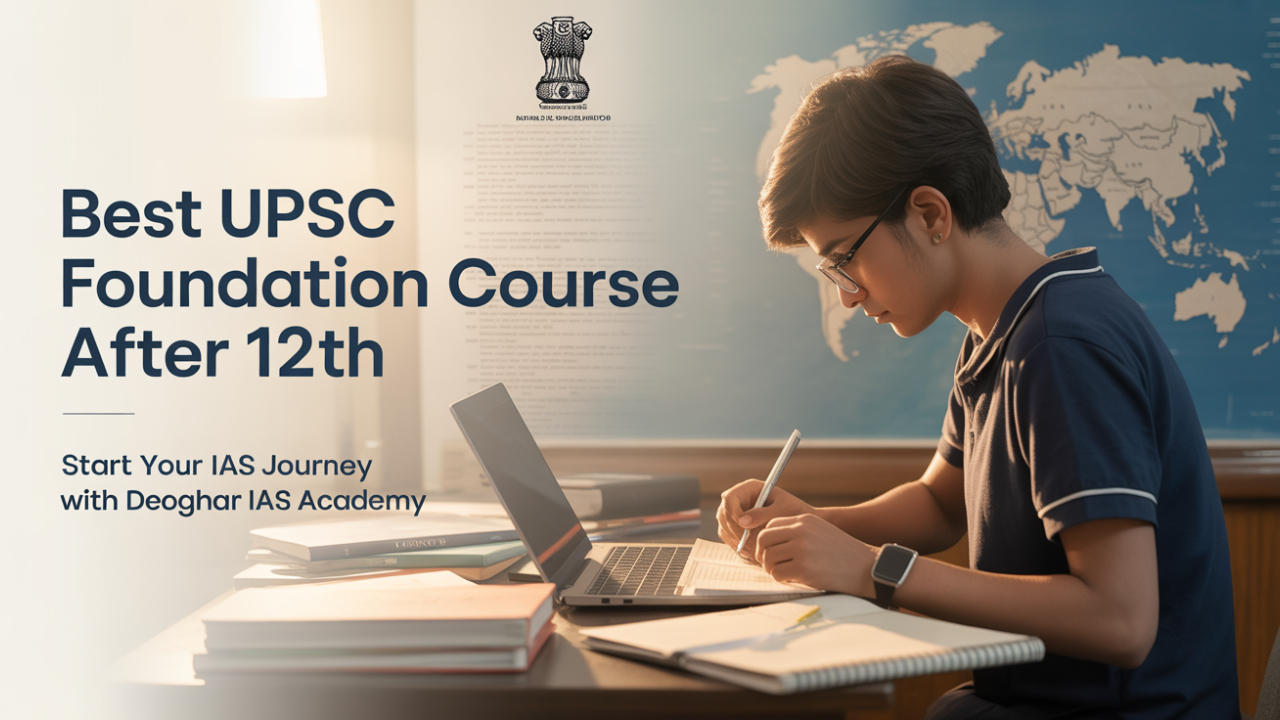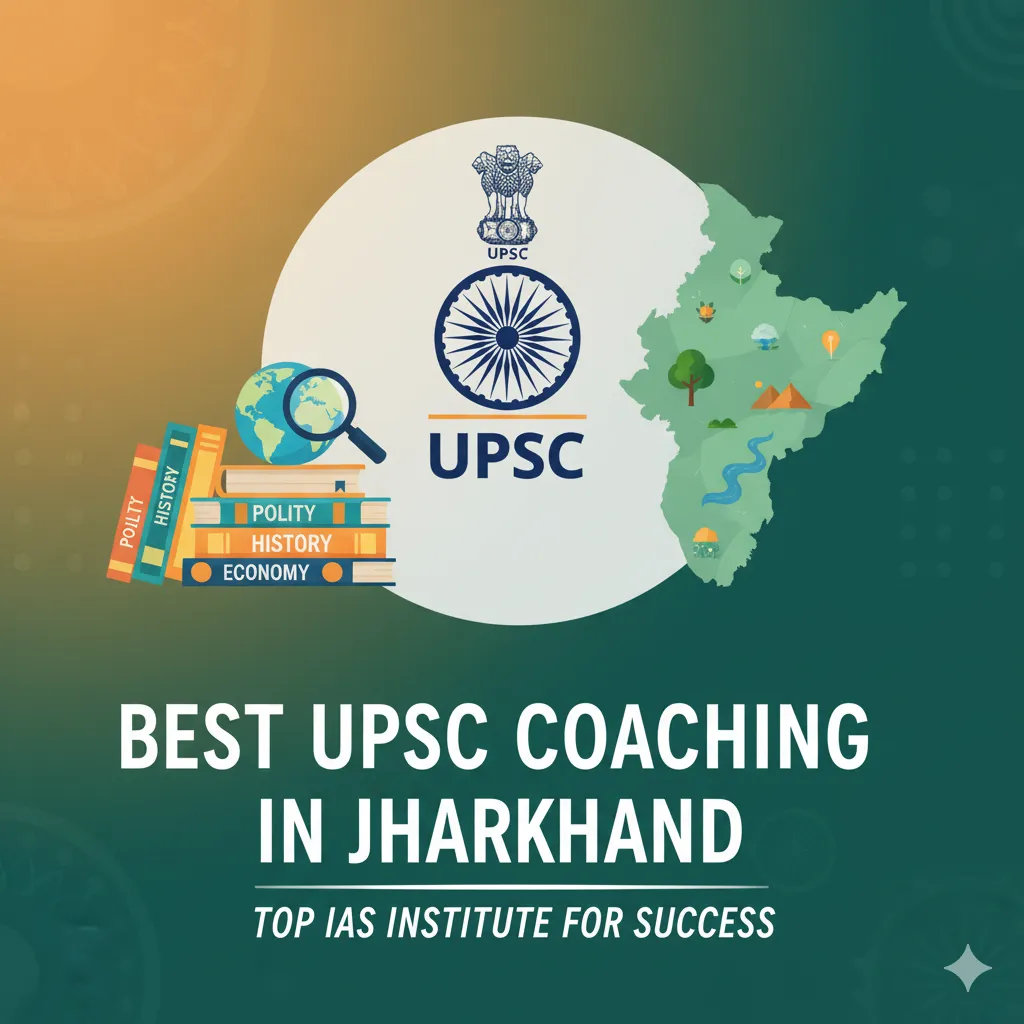UPSC Prelims is the 1st stage towards selecting of aspirants for getting their dream service as an IAS and IPS officers. Aspirants need to score 120+ marks in prelims and towards this dream a proper strategy must be required. Because most of the Aspirants are unable to score 120+marks in prelims due to a lack of a planned strategy for Prelims. So a proper strategy will be going to help in scoring + in prelims. So, firstly, we have to complete the whole syllabus of UPSC mains before 3-4 months of prelims And then look over the Prelims syllabus, which includes Gs paper 1 and CSAT GS
Prelims Syllabus
GS paper l : — History, Geography, Economy, Environment, Polity, Science and technology, International Relations, and Current Affairs
CSAT:- Maths, Reasoning, Reading Passage
Understanding CSAT and GS
Here, CSAT is a qualifying paper, so aspirants have to score 33% in CSAT paper to qualify. Then, after the GS paper is checked and the Marks of CSAT will not be added in UPSC Prelims. Now we have to look at what we have to study for Prelims as per the weightage in the Different. subjects
Important Topics of Prelims Syllabus
GENERAL STUDIES – I
HISTORY
Ancient History, Medieval History, and Modern History. (PYQs and current affairs basic topic revision)
GEOGRAPHY
Indian Geography, world map, and Indian map (Rivers, Ocean, Ocean current , volcanoes , Island,S trai,t etc …..
ENVIRONMENT
Current Affair + NCERT of (9th, 10th class)
SCIENCE& TECHNOLOGY :- – Current Affairs
ECONOMIC:- Basic concepts of the economy, the Government budget, and Ethe conomic survey (current Affairs)
POLITY:-Learn all 1to 100 Articles and role of government institutions and posts (based on PYQs and C.A) look over schedule, Role and power of PM and President, Attorney General, Chief Minister, Governor, Supreme Court, High Court, Civil Court etc.
CSAT
MATHS :- Average, Percentage, Profit and Loss , Permutations, Probability Clock, Calendar, Number System, etc.
REASONING:- -Blood relation, Syllogism, Coding- Decoding, Missing word, Data interpretation, Series and Sequence Cube and Dice t etc.
READING PASSAGE:- Read and analyse the Passage, then answer a/c tothe passage.
Prelims Cutoff Pattern
After understanding it all, start giving test series on a weekly basis before the 3-2 months before the exam, because it helps to manage time to do maximum questions with accuracy. Set your benchmark of 120+ marks in every test and try to doit accurately. For this understanding marking scheme and cutoff of UPSC is important.
2 Category UPSC 2025 Prelims Cutoff. Average Cutoff of last 5 Prelims
•General 86 – 79. 90
•OBC 84 – 78. 85
•EWS 77 – 71. 75
•SC. 71 – 65. 70
•ST. 67 – 61. 68
Marking Scheme
Paper. Total Ques. Total Marks. Marks on a correct. Marks deducted answeron incorrect answer
GS. Paper-1 100 200 2 marks. -0.66
CSAT Paper-2. 100 200. 2.5
Importance of a 120+ in prelims
But our strategy towards score 120+ marks. So, we can score marks for getting a higher rank. Now focus on Test Series, how to make it a key to obtain 120+ marks, start giving tests on a weekly basis
Initially, the marks could be unsatisfying for the aspirants, but they have to keep their confidence up and maintain consistency cause consistency is the key to success.
So, the Test series helps in time management to do maximum questions accurately, and the maximum attempted questions will be right
Only giving a test is not enough; aspirants have to analyse the whole paper that checks the answer, and analyse the mistakes. Check out the weak points in which portion aspirants are not able to score well in that particular section. After analysing the mistakes, start working
upon weak section
In the last 2 months, aspirants have to start giving maximum test series, which help them to understand the pattern of Question types, which also helps to tackle twisted questions of UPSC. So they will easily be able to save themselves from the trap.
Test Series and Practice
Test series should be answered to fully assess the understanding and how much of the syllabus aspirants have to covered. These tests are essential for managing stress and. learning to handle the pressure of the exam day.
Previous Year Questions (PYQs)
Previous Year Questions (PYQs) are the torchbearer for understanding the pattern of UPSC questions. Analyzing PYQs helps you understand the weightage of different subjects and how to balance static and dynamic portions of the syllabus.
A UPSC aspirant should attempt a minimum of 5 years and a maximum of the last 10 years of PYQs. By practicing these questions, aspirants will notice a consistent pattern in some areas, which will help them to answer the questions easily if they are repeated.
Daily Routine and Well-being
Focus on the daily routine aspirants need to follow, especially in the last three months before the exam.
Prioritize your health and divide your studying into different slots throughout the day. You should plan your whole day, dedicating 8-10 hours to studying.
A UPSC aspirant must remain calm and composed to handle the pressure. Start the day with early morning physical and breathing exercises.
Maintain a healthy diet and a consistent sleeping routine of 6-7 hours. This ensures your brain gets proper rest and helps you retain what you study. Managing Pre-Exam Stress
Most of the aspirants start to panic a few days before the Prelims, especially if they are not scoring well in mock tests. Instead of letting negativity set in the aspirant’s mind, they must keep themselves in touch with their loved ones. Sharing your thoughts with them can help you get motivated once again. At this stage, you need to have patience. For proper health, remember to keep yourself hydrated.
Time Management and Daily Schedule
Now, let’s look at time management.
Morning:
Focus on the quick revision of Mains topics in 1.5 hrs.
And write the 1-2 answers of mains that incorporate elements relevant to the Prelims.
After Breakfast:
Take a mock test (online is most helpful) or a free mock test provided in previous years
papers.
Aim to finish solving the paper in less than two hours-ideally (1.5 hours) and use the remaining (30 minutes) to check your answers and ensure you maintain accuracy.
Then, check your answers and note the marks you obtain. The target score should be more than 120+.
Analysis:
Next, analyze the paper’s questions and their answers. Look at the subjects in which you are not getting good scores and immediately start revising those subjects.
This analysis will take almost 1.5 hours. Make sure you analyze the entire paper, including
The questions you skipped or answered incorrectly.
CSAT (Paper II) Mock Test
After analyzing the first test, take a second CSAT mock test.
There are (80) questions in total. Try to attempt a maximum of (50-60) questions.
You should start the paper with Reasoning questions.
Then, move to the Reading Comprehension passages. Try to attempt the shorter passages first.
Finally, attempt the Mathematics questions, as these often require calculation and are more time-consuming. Aim to score 60-70 marks in the CSAT question paper.\
CSAT Practice and Tools
After the test, check your answers and focus on the questions that were time-consuming.
Start practicing those specific question types immediately.
Aspirants can use different platforms, like ChatGPT or Gemini, to design their own UPSC Based on mock tests, generate more practice questions.
Revision Strategy
Revision is a key role player for getting 120+marks in prelims.
For maximum time revision, short, quick notes play a very important role in getting a good score in prelims
Start by making a pocket note for every subject for quick revision
Aspirants need to revise the whole syllabus a maximum of 6 to 7 times before their Examination
To aid in these quick revisions, short notes, flashcards, and mind maps are essential.
Also, use maps to better understand and memorize locations.
Final Point
At the end, remember the mistakes most aspirants make during their preparation, And be sure to avoid them.
Common Mistakes to Avoid in UPSC Prelims Preparation
1. Over-relying on Current Affairs.
2. Ignoring CSAT or initiating it just one month before thence
3. Attempting too many or too few questions in the exam.
4. Not analyzing mock tests properly,
5. Taking too much pressure and not maintaining consistency in revision.
6. Not practicing PYQs (Previous Year Questions).
The Key to Success
We only need to follow one formula for UPSC Prelims:
Revision-Test-Analysis- Revision
Consistently maintaining this formula will ensure no one can stop a UPSC aspirant from scoring 120+marks in UPSC Prelims.
UPSC Prelims is all about the awareness of aspirants towards their goal and covering all aspects of the syllabus. This simple strategy has been used by most high-scoring aspirants to achieve marks well above 120+ in prelims




